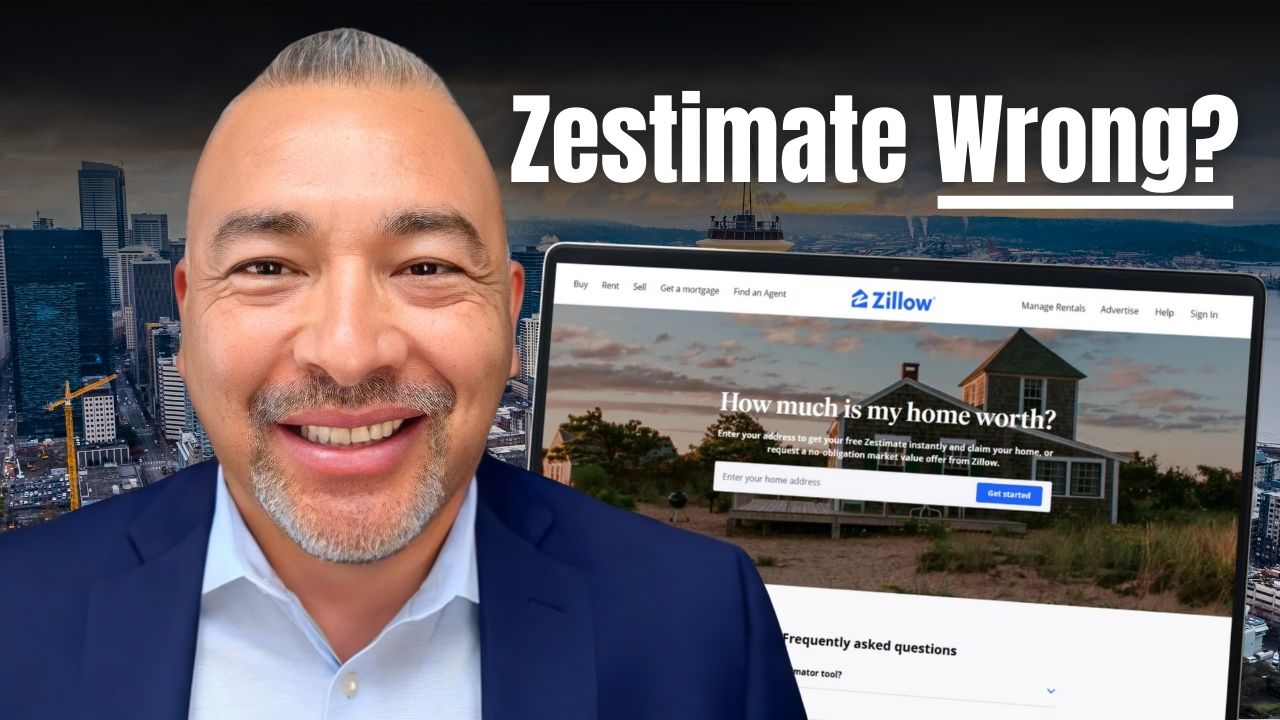What’s Your Home Worth? Are you thinking of selling your home or interested in learning about home prices in your neighborhood? I can help you. Discover Market Value
Are you starting to wonder what the housing market will look like next year? In 2025, homebuyers and sellers in Inland Empire are worried about a crash, but they don’t want to miss out on better timing either.
After reviewing current trends and expert forecasts, I noted three key trends that I believe could shape real estate in 2026:
1. Modest growth, not wild swings in home prices. Don’t expect big drops or jumps. According to Zillow, home prices are expected to rise about 0.4% nationwide from mid-2025 through mid-2026. That’s a slower pace than we’ve seen in the past few years, but still a sign of steady movement rather than a freeze.
In some areas, prices may even cool slightly, especially where affordability has become a challenge. But in growing metros and popular suburban areas, demand remains strong enough to keep values up. The key takeaway? We’re heading toward a more stable market, not a sharp correction or sudden spike.
2. Sales activity set to rebound if rates improve. After two slow years, there’s hope for a sales rebound in 2026. It’s forecasted that there’s going to be up to a 14% increase in home sales next year, and a 9.6% bump in existing home transactions. However, both forecasts come with a condition: interest rates must ease.
As of late 2025, mortgage rates remain near 7%. If they begin to dip closer to the mid-6% range or lower, that could unlock demand from buyers who’ve been priced out. More affordable borrowing means more purchasing power. That shift alone could bring momentum back into many markets, especially mid-tier homes and entry-level price points.
3. Inventory and buyer power may slowly return. Inventory remains tight, but change could be coming. Many current homeowners are holding on to ultra-low interest rates from years past. But as rates begin to soften, more may feel ready to list. Some forecasts suggest we’ll see gradual growth in new listings as the “lock-in effect” weakens.
For buyers, more inventory means more choices and possibly fewer bidding wars.
For sellers, that means standing out will take more than just a listing; it’ll take pricing strategy, prep work, and flexibility.
If supply grows while demand remains steady, buyers could finally regain some leverage, especially in markets where listings have been tight for too long.
Fair forecast. The 2026 housing market won’t look like the past few years, and that’s a good thing. We’re likely headed into a period of more balance, where buyers and sellers both have room to act. The key will be understanding your timing, your local market, and how national trends might shape your next move.
If you’re planning to buy or sell in 2026, now’s the time to start preparing. Let’s talk about what makes the most sense for you. Call, text, or message me anytime for a free consultation. I’m here to help.
Want to work with us? Here are some ways to get involved.
-
Search the entire MLS for your Inland Empire area home. Looking for a Home in the Inland Empire Area?
-
Get our latest insights and tips to sell or buy a house. Latest Housing Market Insights
¿Empieza a preguntarse cómo estará el mercado inmobiliario el próximo año? En 2025, compradores y vendedores de viviendas en Inland Empire temen una caída, pero tampoco quieren perder la oportunidad de comprar en mejores condiciones.
Tras analizar las tendencias actuales y las previsiones de los expertos, he identificado tres tendencias clave que, en mi opinión, podrían marcar el panorama inmobiliario en 2026:
1. Un crecimiento moderado, sin grandes fluctuaciones en los precios de las viviendas. No se esperan grandes caídas ni subidas repentinas. Según Zillow, se prevé que los precios de las viviendas aumenten alrededor de un 0,4 % a nivel nacional desde mediados de 2025 hasta mediados de 2026. Este ritmo es más lento que el de los últimos años, pero sigue siendo un indicio de un movimiento constante en lugar de un estancamiento.
En algunas zonas, los precios podrían incluso bajar ligeramente, sobre todo donde la asequibilidad se ha convertido en un problema. Pero en las áreas metropolitanas en crecimiento y en las zonas suburbanas más populares, la demanda sigue siendo lo suficientemente fuerte como para mantener los precios altos. ¿La conclusión principal? Nos dirigimos hacia un mercado más estable, no hacia una corrección brusca ni un repunte repentino.
2. Se espera que la actividad de ventas repunte si mejoran los tipos de interés. Tras dos años de baja actividad, hay esperanzas de un repunte en las ventas en 2026. Se prevé un aumento de hasta el 14 % en la venta de viviendas el próximo año y un incremento del 9,6 % en las transacciones de viviendas existentes. Sin embargo, ambas previsiones están condicionadas a una bajada de los tipos de interés.
A finales de 2025, los tipos hipotecarios se mantendrían cerca del 7 %. Si empiezan a bajar hasta situarse en torno al 6,5 % o incluso por debajo, esto podría impulsar la demanda de compradores que hasta ahora no han podido acceder a la vivienda por los altos precios. Un crédito más asequible significa mayor poder adquisitivo. Este cambio, por sí solo, podría reactivar muchos mercados, especialmente los de viviendas de gama media y los de entrada.
3. Es posible que el inventario y el poder adquisitivo de los compradores se recuperen gradualmente. Si bien el inventario sigue siendo escaso, se avecinan cambios. Muchos propietarios actuales se aferran a las tasas de interés ultrabajas de años anteriores. Sin embargo, a medida que las tasas comiencen a bajar, es probable que más personas se sientan preparadas para poner sus propiedades a la venta. Algunos pronósticos sugieren que veremos un crecimiento gradual en las nuevas propiedades en venta a medida que disminuya el efecto de la dependencia de las tasas de interés.
Para los compradores, una mayor oferta significa más opciones y posiblemente menos guerras de ofertas.
Para los vendedores, esto significa que destacar requerirá más que solo publicar un anuncio; requerirá una estrategia de precios, preparación y flexibilidad.
Si la oferta aumenta mientras la demanda se mantiene estable, los compradores podrían finalmente recuperar cierto poder de negociación, especialmente en mercados donde la oferta ha sido escasa durante demasiado tiempo.
Pronóstico acertado. El mercado inmobiliario de 2026 será muy diferente al de los últimos años, y eso es positivo. Probablemente nos dirigimos hacia un período de mayor equilibrio, donde tanto compradores como vendedores tendrán margen de maniobra. La clave estará en comprender el momento oportuno, el mercado local y cómo las tendencias nacionales podrían influir en su próxima decisión.
Si planea comprar o vender en 2026, ahora es el momento de empezar a prepararse. Hablemos sobre la mejor opción para usted. Llámeme, envíeme un mensaje de texto o un mensaje privado cuando quiera para una consulta gratuita. Estoy aquí para ayudarle.





